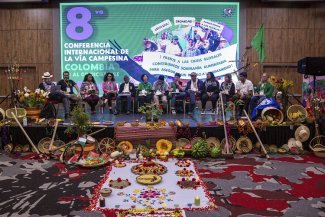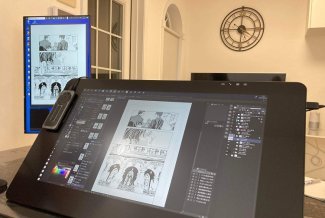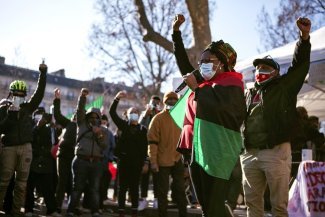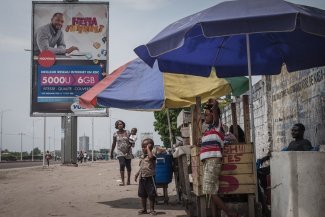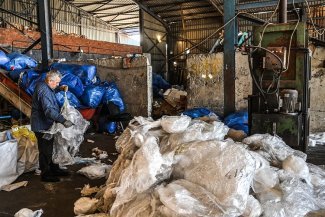Somalia’s steady progress towards peace and stability was marked by the announcement of a new cabinet this week.
It follows the elections in September, the country’s first free election since the military dictator Siad Barre took power in 1969.
Somalia’s new, ten-member cabinet was announced by Prime Minister Abdi Farah Shirdon Saaid on Sunday.
And for the first time in the nation’s history the cabinet will feature two female ministers, including Fowsiyo Yusuf Haji Adan who has become Somalia’s first-ever female foreign minister.
Adan, who originally hails from the self-declared autonomous region of Somaliland, said of her appointment:
“This is a triumph for Somalia and Somali women. It heralds a new page in politics,” she said.
Adan will be joined by another female colleague, Mariam Qassim Ahmed, who has been appointed the Minister for Development and Social Affairs.
It was a position she previously held in former Somali President Sheikh Sharif Ahmed’s transitional government.
Elections
In September, Somalia inaugurated 56-year-old former university dean Hassan Sheikh Mahamud as president.
It was the first time in more than forty years that Somalis were able to elect a leader, marking an end to eight years of transitional administration.
It was also widely seen as heralding a new chapter in a country often regarded as “the world’s most failed state”.
Somalia was plunged into civil war in 1991 when Barre was overthrown by a coalition of armed clans.
But a power struggle between the various factions quickly descended into conflict, resulting in a still ongoing war which is has left an estimated one million people dead.
Of late, large parts of Somalia, in particular the capital city of Mogadishu, have seen relative peace and stability.
This has resulted in a number of Somali refugees living in the diaspora (more than an estimated one million people) as well as internally displaced peoples (more than 1.3 million people) returning home to help contribute to Somalia’s redevelopment.
But the al-Qaeda linked Islamist group al-Shabab still controls much of southern and central Somalia, and has staged numerous suicide attacks in Mogadishu since it was driven out by a coalition of African Union troops and pro-government forces last year.
And only last week, one of the country’s best-loved comedians and playwrights - Warsame Shire Awale - who was a well-known critic of al-Shabab, was gunned down in an apparent assassination attempt.
Clans
The formation of a government in Somalia was previously determined by a traditional system of power-sharing popularly referred to as the ‘4.5 formula’ [the country’s 475 MPs are allotted by a ratio of one seat going to each of the four major clans and 0.5 to the a coalition of minority clans].
The 4.5 formula was agreed on by Somali elders as an attempt to find a lasting resolution to the incessant power struggle between the country’s various clans.
Somalia’s four biggest and powerful clans – Hawiye, Darood, Diir and Rahanweyn (Digil and Mirifle) –shared the three top positions in the transitional government (the presidency, parliamentary speaker and premiership), while representatives of minority clans were given lesser positions in the government.
But this time, as the government only features ten cabinet positions, not all clans have been represented.
However, President Mahamud was keen to point out that this was not meant as a slight but as an attempt to “save Somalia”.
"Those [sub]clans who missed themselves in the list should know that they are not hated," he told reporters at a press conference on Sunday.
Prime Minister Saaid even has a specific brief to stamp out nepotism and clan rivalry.
Most Somalis are tired of decades of fighting and are desperate to see a strong federal government.
But the new cabinet faces a raft of challenges including massive corruption, chronic underdevelopment as a result of decades of conflict, the continuous threat of violence and huge unemployment.



